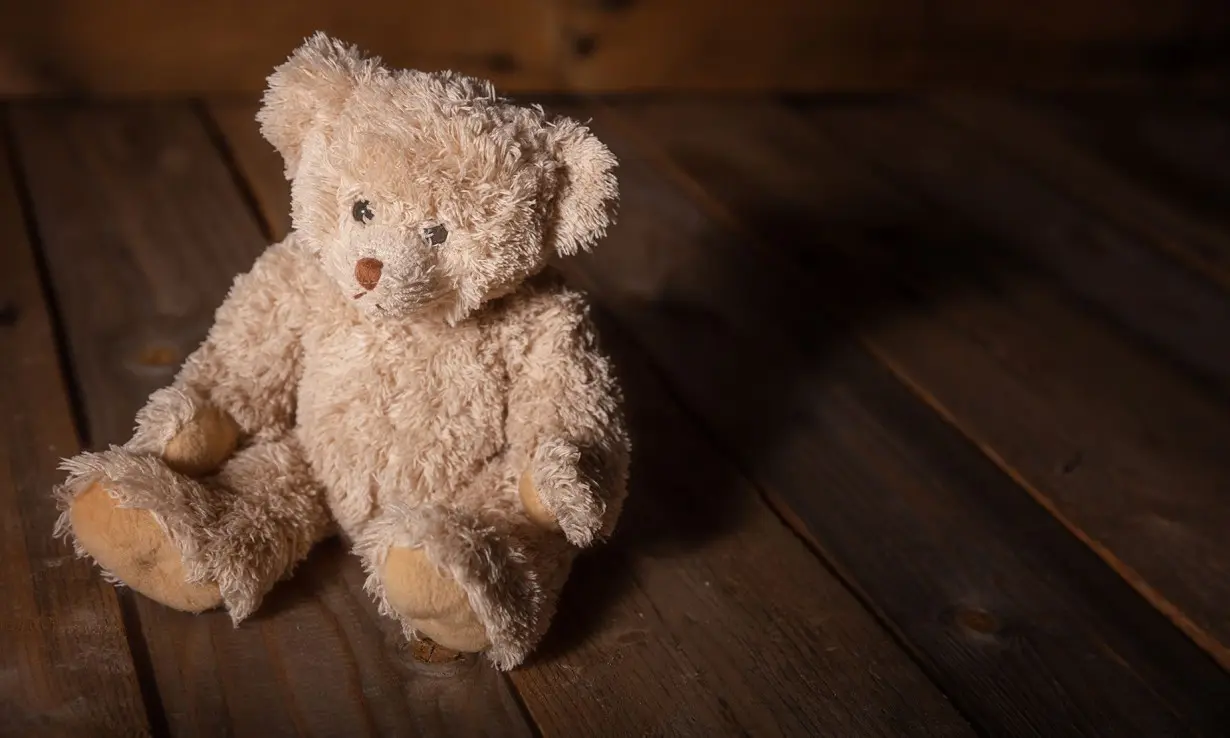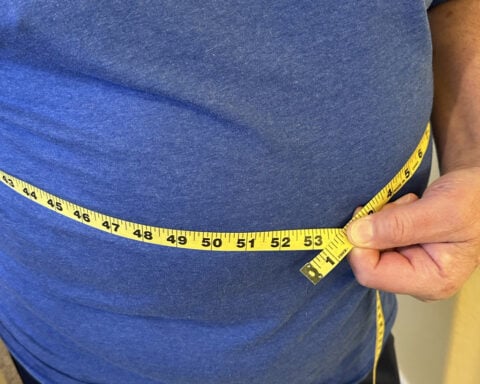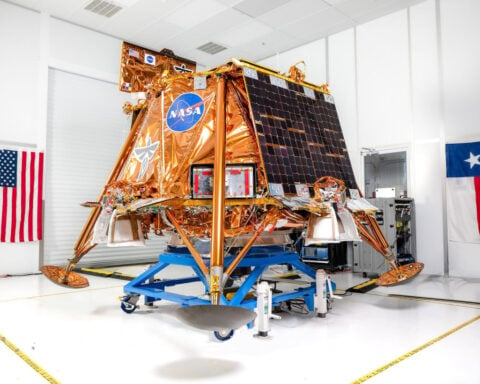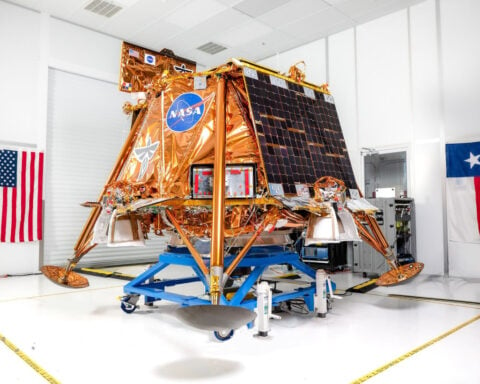(CNN) — When she goes to the grocery store, Lilianna Wilde will sometimes go for the shopping cart from which everyone else steers clear, the sad-looking one with the squeaky wheel.
When she puts the dishes away, she’ll swap the bottom plate and put it to the top, so the it can be used.
And when she had to get rid of her favorite pair of jean shorts, the ones she wore for years, she felt bad for the clothing as she folded it to be sent away.
It’s nothing that impacts Wilde’s ability to function, she said, just a fleeting moment of emotion for the object that cannot return the feeling. When Wilde talked about the phenomenon in a video on her TikTok account, where she often posts lifestyle and relationship content, she found that she was not the only one who did it. People commented that they felt emotions for their stuffed animals, plants, furniture and even the voice behind their phone’s GPS.
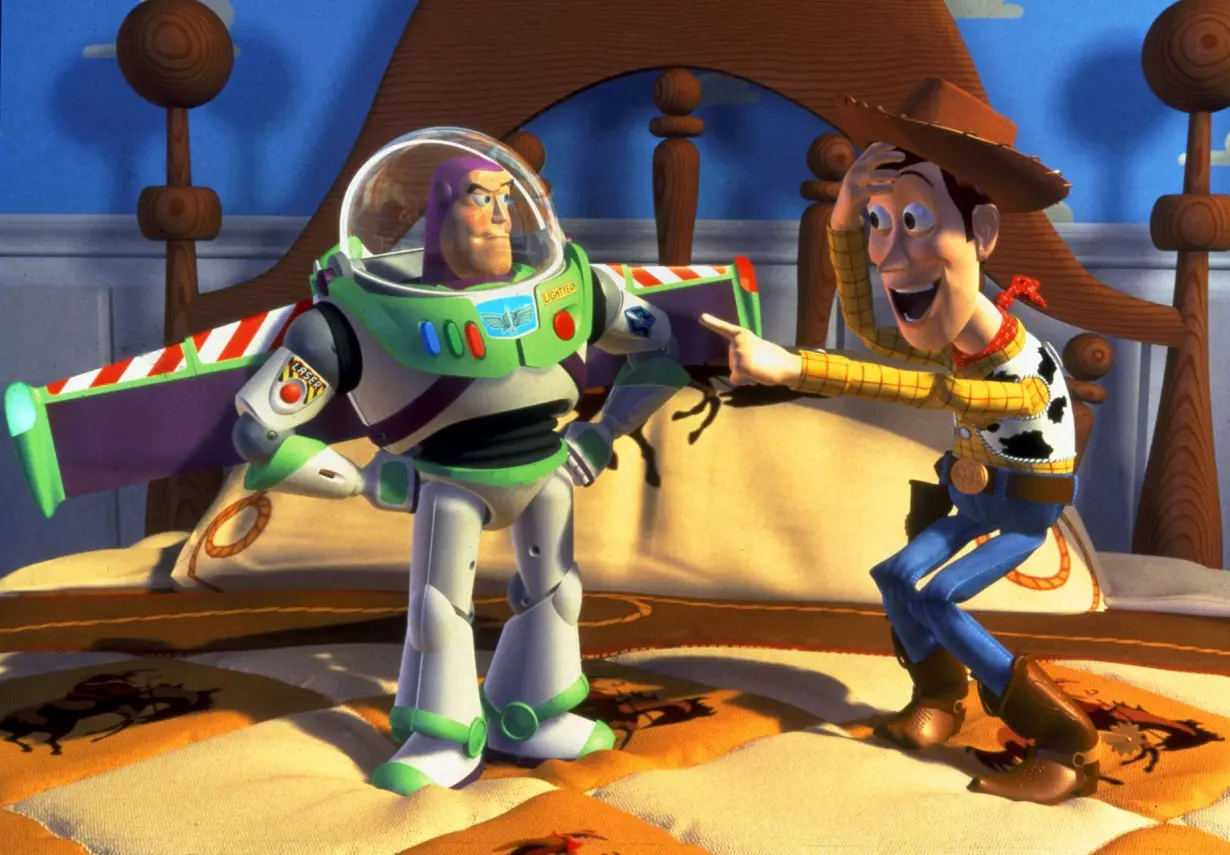
The brief humanizing of these non-sentient objects could be a part of a person’s natural desire to seek out connections in their everyday lives, said Dr. Melissa Shepard, a board-certified psychiatrist in Maryland.
“We’re sort of hardwired to connect with other people, and sometimes that extends to other (things) who aren’t people,” Shepard said. “We look for ways as humans to make sense of the world, and one of the easiest ways to understand the world is through what your own experiences are.”
It’s nothing to be concerned about unless it is an extreme emotion that interferes with your daily life. Here’s what experts have to say about the curious behavior.
Anthropomorphizing household objects
When people feel sympathy for inanimate objects, they are anthropomorphizing, attributing human behaviors or feelings to animals or objects who cannot feel the same emotions as we do, Shepard said.
The exact reason people do this is unclear, but experts have some guesses. Sometimes, the feelings are attached to objects that a person has had for a while and now finds to be sentimental or nostalgic, reminding them of a different time in their life, said Kim Egel, a licensed marriage and family therapist in California.
“I think we all have things that kind of tug at our hearts a little bit more,” Egel said. “It’s common for humans to do this. … Perhaps just some people might do it more than others for certain reasons.”
It could be a projection of someone’s feelings onto the object, such as giving an object an emotion that they have felt in the past, like loneliness when said object is isolated. Or it could be a sign that a person is not getting the connection that they want and need from humans, she added.
When Wilde first shared the video, she thought she might be the only one who experienced emotions for the unassuming objects, she said.
“My husband, who’s in the video with me, he doesn’t get it at all. He’s like, ‘I don’t understand how you could feel any kind of human feeling toward something that isn’t human or alive,’” Wilde said. “But it’s not at the same level that you feel it for a human, it’s just a comparable emotion.
“It’s not like it affects my day-to-day, like I think about it quickly, that I feel bad for the jean shorts, and then it’s over. … You realize, ‘why am I feeling sad for this? These are, you know, jean shorts,’ and you move on from it.”
She wonders if the feelings could be derived from the movies she loved to watch as a kid, such as Disney’s “Toy Story” saga or “Beauty and the Beast,” which gives life to things that do not have it in the real world. Or maybe it stems from feelings she had as a kid of being left out or not included that she doesn’t want anyone else to feel, she said.
“I guess sometimes I wonder if I feel like I’m the squeaky wheel cart, you know, like maybe someone hasn’t looked out for me – not to sound so dramatic,” Wilde said. “I wonder if I have this need to make sure no one feels left behind… so then that translates to the banana left alone on the counter.”
There is a medical condition known as delusional companion syndrome where people can have these feelings of empathy to a much more extreme extent and can be convinced that the objects do have these emotions — but it is much less common than the average anthropomorphizing, Shepard said. Anthropomorphizing is also something Shepard has more commonly noticed in her neurodivergent patients, who often have the feelings more intensely to where it can cause disruptions in life, she added.
If someone finds themselves anthropomorphizing to a point where they avoid certain activities that cause the feelings, or they are unable to throw stuff out due to the intense emotion, Shepard recommends contacting a mental health professional.
Most of the time, “it is something that’s normal for people to do, and oftentimes, can be a sign that you maybe have a really healthy imagination… and a sign that you can empathize with people more easily,” Shepard said. “It is also a really beautiful thing, because I think it allows us to connect with people and objects and things in ways that we wouldn’t otherwise.”
Feeling sympathy for robots and AI
Robots sometimes gain human sympathy as well, such as the common anthropomorphizing of the NASA Mars rovers. In August 2013, one year after its successful launch, the Curiosity rover sang itself happy birthday, and was quickly dubbed the loneliest birthday in the galaxy. In February 2019, when the Opportunity rover was declared dead – its final message to the space station in June 2018 translated to “My battery is low and it’s getting dark” — social media users responded to the announcement with their expressions of grief for the space robot.
As artificial intelligence, or AI, becomes more integrated into everyday life, research is looking into whether the chatbot can also cause people to feel similar emotions that are felt for other humans, said Dr. Marlynn Wei, a psychiatrist and founder of a holistic psychotherapy practice in New York. Typically, if robots have more human-like features, such as a face, voice, personality or human body language, people are more likely to empathize with it, she added.
But on the other end, if robots are too perfectly human-like, it creates the opposite effect known as the uncanny valley. This phenomenon is an eerie and uncomfortable feeling in reaction to CGI animation or nonhuman machines, such as a robot with human-like eyes, said Wei, who also has a performance project five years in the works called “Elixir: Digital Immortality,” which explores people’s reactions to AI clones of themselves or loved ones.
These AI companions are becoming increasingly popular, but experts don’t yet know how these bots can affect someone’s development or psychology, Wei said. “We’re solving our loneliness problem by giving people AI companions, but is that actually a good thing? Is that artificial intimacy really something that we want to solve this issue of loneliness? Is it actually a healthy social connection? We’re still trying to learn how (AI) impacts us on a daily basis.”
The-CNN-Wire
™ & © 2024 Cable News Network, Inc., a Warner Bros. Discovery Company. All rights reserved.

 TikTok seeks to reassure U.S. employees ahead of Jan. 19 ban deadline
TikTok seeks to reassure U.S. employees ahead of Jan. 19 ban deadline
 US won't seek charges in unarmed Black motorist Ronald Greene's fatal 2019 arrest
US won't seek charges in unarmed Black motorist Ronald Greene's fatal 2019 arrest
 Euro zone households could increase consumption, ECB chief economist says
Euro zone households could increase consumption, ECB chief economist says
 Foreigners sold South Korean equities last month by most since early 2020
Foreigners sold South Korean equities last month by most since early 2020
 Trump and Biden national and homeland security staff will meet Wednesday for threat exercises
Trump and Biden national and homeland security staff will meet Wednesday for threat exercises
 As fires ravage Los Angeles, Tiger Woods isn't sure what will happen with Riviera tournament
As fires ravage Los Angeles, Tiger Woods isn't sure what will happen with Riviera tournament
 Antetokounmpo gets 50th career triple-double as Bucks win 130-115 to end Kings' 7-game win streak
Antetokounmpo gets 50th career triple-double as Bucks win 130-115 to end Kings' 7-game win streak
 No 97 Laura Siegemund upsets Olympic champion Zheng Qinwen at the Australian Open
No 97 Laura Siegemund upsets Olympic champion Zheng Qinwen at the Australian Open
